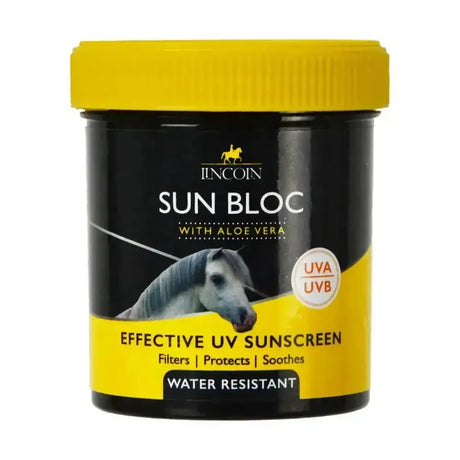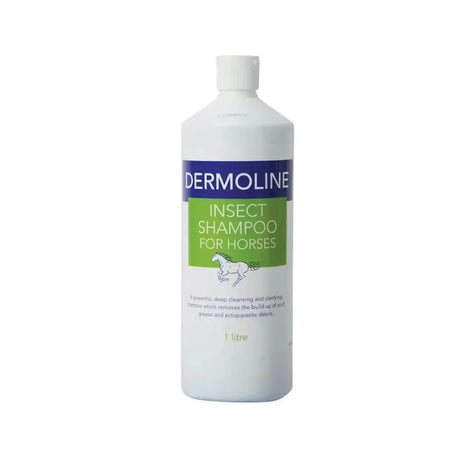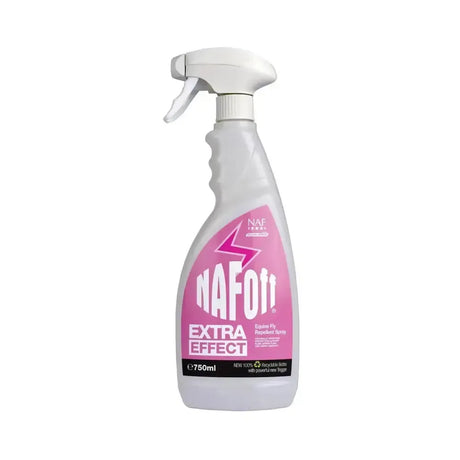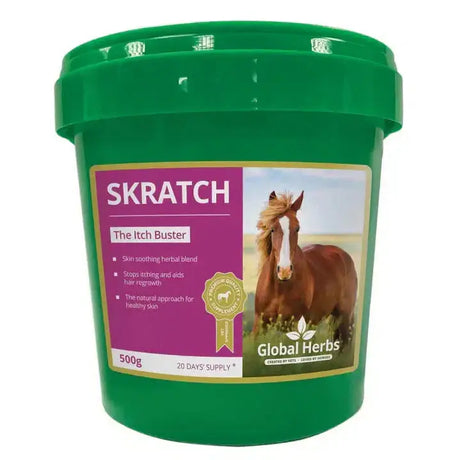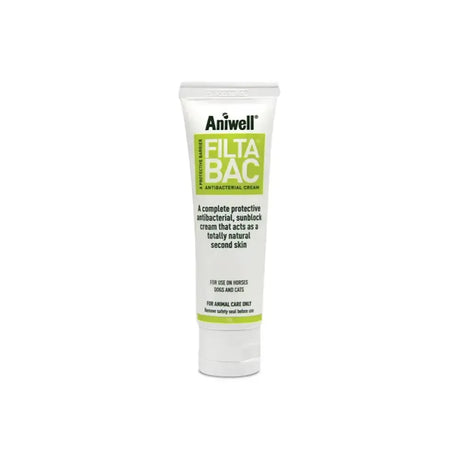Aqueos
Horse Abcess
Dealing with an abscess as a horse owner is fairly common, and knowing how to treat one properly at home with the right equipment and your veterinarian’s guidance is a very useful skill. But first, let’s talk through what an abscess is and how they occur. Horse Abcess
Horse Abcess
What is an abscess?
An abscess is a pocket of pus that can occur anywhere in the body. The area is often swollen, hot, red and painful to the touch. Abscesses in horses occur 90% of the time in the hoof, but also in the skin as well. Clinical signs for hoof abscesses are a little different to skin abscesses as you can’t see any swelling. Horse Abcess
Horse Abcess
Horses with a hoof abscess have a very sudden onset, severe lameness in the affected limb. They will be reluctant to bare any weight on the foot and will sometimes even lie down to take the weight off the leg with the hoof abscess. This level of sudden lameness is also very similar to a fracture, so it is really important you always call your vet to rule out a much more serious orthopaedic issue. Horse Abcess
The reason why hoof abscesses are so unbearably painful for horses is that the hoof wall is so fixed and strong, there’s no room for the abscess to swell which results in an extreme amount of pressure on the surrounding tissue as the pus builds up.
Horse Abcess
What causes abscesses?
Abscesses are caused by a bacterial infection in a certain area that the body tries to wall off and contain. With horses, the most common delivery of bacteria is via a foreign body working its way into the skin, for example, a thorn. Horses who often go foraging in thorny bushes might get a thorn or small woody splinter from a branch embedded in their skin which goes on to form an abscess. This is very similar to hoof abscesses, as often a bit of dirt, thorn or gravel has worked its way up into the foot, brought in bacteria with it and then started to form an abscess. Horse Abcess
Prolonged turnout in wet and muddy environments predisposes horses to hoof abscess as their sole softens and allows penetration of the above items more easily. Therefore, they are much more common in the winter. Horse Abcess
Horse Abcess
How to treat an abscess
Horse Abcess
For skim abscesses, the best way to treat an abscess is for your vet to come out, clean the skin surrounding the abscess and then open it up with a scalpel or needle to allow all that pus to drain out. They will flush out the abscess with saline or dilute antimicrobial solution. Horse Abcess
It will then be the horse owner’s responsibility at home to keep the abscess flushed regularly and to keep the site clean and the abscess open. You can wipe any draining pus away from the open abscess with cotton wool soaked in a cleaning solution which can then also be applied to the surrounding skin. Horse Abcess
If you suspect your horse has a hoof abscess, you will need to call your vet to check them out and confirm the diagnosis. They can then pair back the hoof sole underneath where they suspect the abscess lies. They’ll dig out the tract that leads to the abscess and then make sure the abscess is fully opened up allowing it to drain properly and get rid of all the pus.
This will immediately relieve a lot of pressure and therefore pain in the foot, so you’ll notice your horse start to put weight on the foot pretty soon. You will then need to clean the surface of the sole with water and then a disinfectant spray, before you apply a poultice soaked in hot water followed by a foot bandage to hold it in place.
Horse Abcess

Horse Abcess
This poultice should be replaced every 1-2 days until the abscess has stopped draining. During this time, it’s always advisable to keep your horse stabled if possible, as this prevents the foot bandage from getting wet and muddy, and also increases its chances of staying on. Horse Abcess
It can take up to 5-7 days for a hoof abscess to properly heal and after your wet poultices have finished draining the poultice, replace them with a dry poultice to harden up the foot before you turn your horse back out.
Horse Abcess
Another great way to keep the abscess tract clean and to encourage it to dry out, after you’ve finished poulticing, is to spray iodine onto the hoof sole twice per day and this will help prevent them from getting further hoof abscesses in the future. Horse Abcess
When you’ve been dealing with an abscess, whether that’s changing a foot poultice, or flushing out a skin abscess. Always remember to thoroughly clean your hands after with soap or hand sanitiser, especially before touching another horse to prevent transmission of any nasty bacteria to yourself or other animals. Horse Abcess
Horse Abcess

What happens if you leave a hoof abscess?
Horse Abcess If left untreated, a foot abscess will eventually work its way out at the softest part of the foot which is the coronary band. The coronary band will burst open, and the abscess will drain from here. This is not optimal for several reasons. One is that it takes a lot longer to burst out by itself, therefore leaving your horse in pain for a greater period of time, which for welfare reasons should always be prevented. A horse in that much pain might not be able to get to the water trough or food as easily, which leaves them at risk of secondary problems such as colic. Horse Abcess
Another is that, as the coronary band sits above the hoof, you don’t have the help of gravity when draining the abscess and thus it is harder to get a complete drainage of all the pus when poulticing the coronary band.
Finally, injury to the coronary band leaves you at risk of damage to hoof wall growth in the future, leaving you liable to a whole host of other hoof-related lameness issues which no horse owner wants!
Do they need antibiotics?
Horse AbcessFor hoof abscesses, antibiotics are never indicated as there is little to no penetration of the drug to a walled-off abscess in the hoof. The most effective treatment is opening and draining the abscess. Your vet should give you some painkillers for your horse for a few days whilst they recover but otherwise, no other medication is generally warranted. Horse Abcess
Some skin abscesses will warrant antibiotics, so it is always recommended to consult your vet and seek their opinion. Specific antibiotics work better for abscesses than others, so it’s important to talk to your vet and they will be able to provide the correct drugs if necessary
Conclusion
Hoof abscesses are the most common kind of abscesses in horses, but they can get them anywhere like other animals, with the skin being the second most common.
Abscesses in horses should always have swift veterinary attention in order to improve your chances of resolving them quickly. In addition your vet will be able to provide you with much needed painkillers and antibiotics if needed. After being seen by the vet, there is always at-home care that horses owners need to follow through with to get the best results with abscesses, so having the right equipment and understanding of the problem is really important. Horse Abcess








